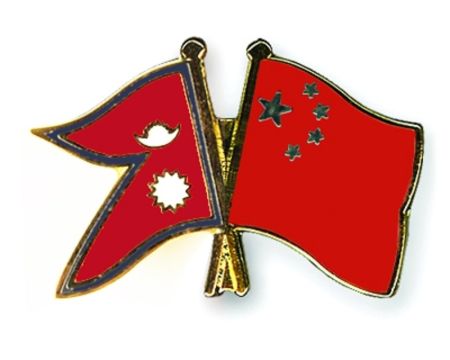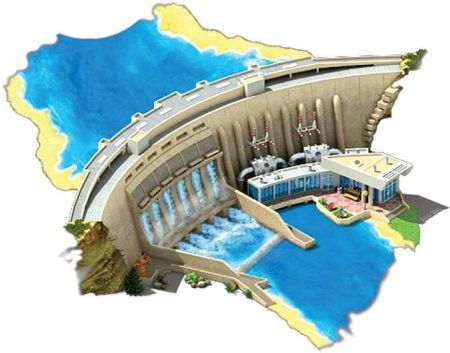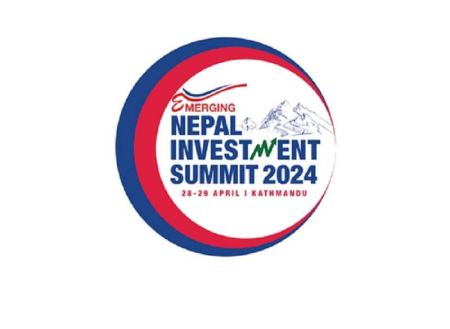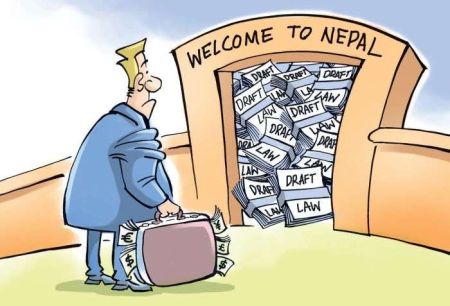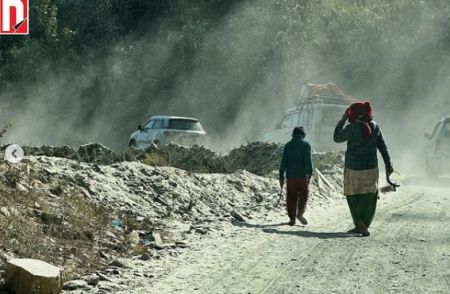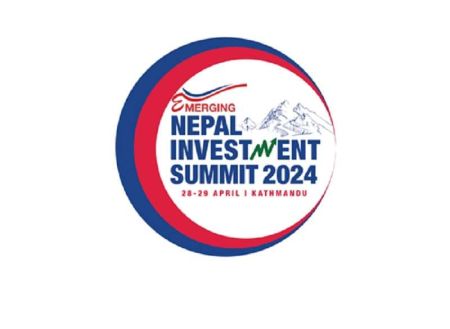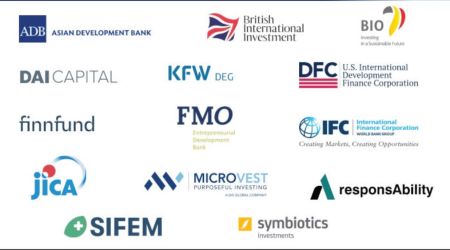
Pradeep Kumar Shrestha
Vice President
SAARC Chamber of Commerce and Industry
Economic Diplomacy is getting Sidelined by Political Diplomacy in the Regional
How do you look at the regional trade in South Asia region?
In the context of South Asian trade, trade movement is very low despite it being home to one fifth of the world's population. Intra-regional trade is less than five per cent which is something the business community of the region must take into account. Other regional bodies like EU and NAFTA have more than 50 per cent of the trade within their respective regions. Even though the countries in the SAARC region claim to be close, there exist a lot of hiccups. The mindset and attitude of the politicians and bureaucrats are not to the level expected in the 21st century. Besides political reasons, infrastructure connectivity, high cost of business, bureaucratic hassles plague the prospects of intra-regional trade.
Do you see the possibility of India cannibalising all its neighbours?
India is growing at a fast pace. There is a saying, ˜If you have to grow, you cannot grow alone. You have to grow with the neighbours India is a big trading partner for all the countries in the SAARC region. India is big in each and every aspect compared to other SAARC countries. Considering the present scenario, if India really wants to be a superpower, it has to take its neighbouring countries into confidence.
Why has SAFTA not been able to gain momentum since its inception in 2004?
It is raised in every forum each year but the implementation aspect has been very slow. This is more due to political mindset and crisis of confidence than anything else. However, the fact is that we have to grow together and be interdependent rather than being dependent. SAFTA should have moved much ahead by now. Within the SAARC region, we have to look at increasing the trade volume. The attitude of building confidence, helping and sharing with each other is the way to go about it.
Regional trade is being prioritised in other trade blocs such as ASEAN, BIMSTEC and EU. Why has the same not received equal priority within the SAARC trade bloc?
This is very unfortunate. The real fact of trade not really taking off in the region is because the two big countries- India and Pakistan having their own problems to deal with. These two countries should sit together and help us have a prospering regional bloc like EU, ASEAN, NAFTA etc. Unfortunately, what is happening is that we are talking of a region but in terms of sub-regions like Eastern India-Bangladesh, Nepal-Bhutan or India- Pakistan. Each country has its own strength so we have to be able to nurture and benefit from areas of comparative advantages. We, the business community, are seriously advocating for it but without the two big countries getting together and understanding the benefits for the region, the SAARC would not move the way we dream of.
By this, do you mean, economic and trade diplomacy is seriously missing among SAARC member countries?
I think economic diplomacy is getting sidelined and political diplomacy is taking over. However, it is a fact that without political understanding, the economy cannot take off. There could be other ways of bringing things closer like people to people contact. We have to understand each other and feel that we are part of the same region and accordingly, we can synergise the strength. But that is not happening and every country wants to move ahead on an individual level.
Why is the trade in this region more oriented towards international trade rather than trading within the region?
Most of the countries in the region are import based economies though we do have exportable items like garments, carpets and others. Nepal, India, Sri Lanka and Pakistan export same kind of products and end up competing in the same market. The level of purchasing power in the region compared to other regions of the world is less even though the middle class is coming up very fast. When we want to do something, we always look at the west. In regional trade, the cost of connectivity and transportation is very high. Bureaucratic hassles like procedural delays and documentations etc also play their respective roles. All these hassles are so grave that we prefer to go for countries outside the region without realising the availability and quality of products available within the region. We, the business community, have to change that and identify our areas, strengths, products, competitive advantages etc. There must be a feeling of ‘together we grow’ to begin with.
In the context of intra-regional trade, how do you view Pakistan granting MFN status to India?
This is a very positive development for both the countries. To tell you the truth, SAARC has not been able to move ahead because of these two big countries not able to understand each other. The MFN status will fuel reciprocity and can move on to other countries as well. For example, China and Taiwan had similar political problems once, however, their relations have improved considerably in the last few years. If political conditions and hiccups can be taken care of, investment and trade will get a boost. At the same time, other neighbouring countries too will be benefitted when relations between these two countries get better.
Can South Asia region prove to be a substantially big market to consume the production generated in the region and become self suffi cient on trade?
Yes, very much so. A big market is lying out there because of the size of the population. The size of human resources, natural resources, potentials and eagerness of the people doing business in the region can certainly make this region self sufficient. This region has everything but still we have not been able to do anything remarkable. In this context, if the countries in this region join hands with each other without any biased sentiment and mentality, it can definitely prosper.
What are the activities of SAARC Chamber of Commerce and Industry (SCCI)?
Since its inception, the business community has wished to see that business related problems are addressed and economic agendas are taken to a much bigger level. Unfortunately, that has not happened and the community is not very happy about it. We have not been invited to the summits in Male and Thimpu despite being an important part of the SAARC. Though, of course, we understand it was not because of their unwillingness to invite us but it was because of their logistics problems in Male and Thimpu. As for our activities, we have tried to increase the number of SAARC sticker visa to improve people to people contact in the region. We have asked for 200 to 500 visas for each country. If a businessman wants to travel, he cannot wait for a month to get a visa. We are advocating that the paper work has to be reduced and the existing bureaucracy hassles should be nominal. Every country has its own area of strength such as hydroelectricity, agriculture or tourism. There are a number of councils for such sectors under the SAARC CCI, chaired by a specific country for each council.
Have there been enough researches conducted on regional trading? What is SAARC CCI doing towards it?
Research and Development is talked about every time especially in the context of South Asia. I believe that more than 350 scholars in different agencies like World Bank, ADB, and UNCTAD are studying and seeing why South Asia has not been able to grow despite its potentials. Even in our chamber, we try to find out facts and figures as to why things are not happening in the region. I believe such findings will lead us towards making good decisions.
Has it been able to go beyond the concept of bilateral chamber in the true sense of regional level trade cooperation?
We are talking about sub-regional level which is more than bilateral. We understand that because of proximity reasons, Nepal being linked to Pakistan, Sri Lanka or Maldives is not possible. But linking Nepal with Bangladesh, Bhutan, India or BIMSTEC is a different phenomenon altogether. We are only talking about the eastern part of South Asia, for example, Bangladesh, Nepal and Bhutan. Efforts toward regional level trade cooperation is certainly moving but at a very slow pace.






